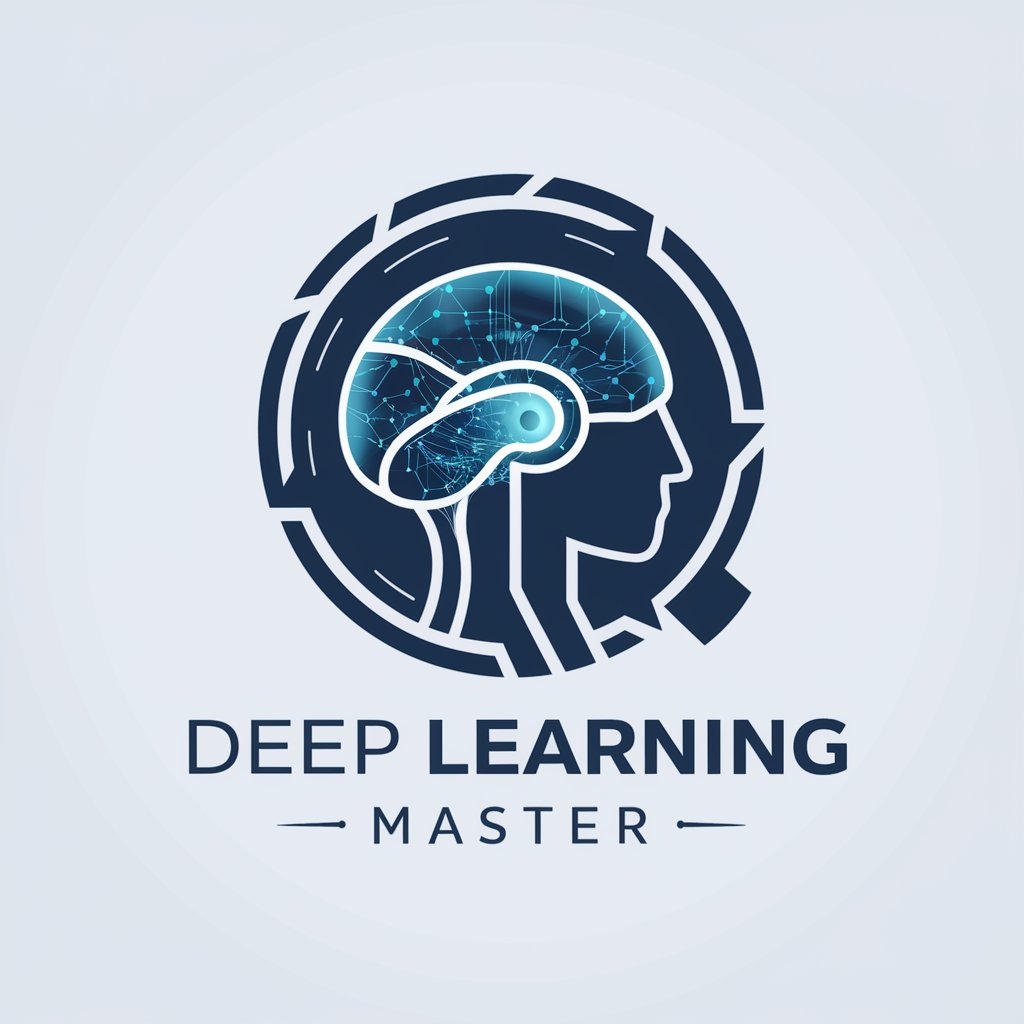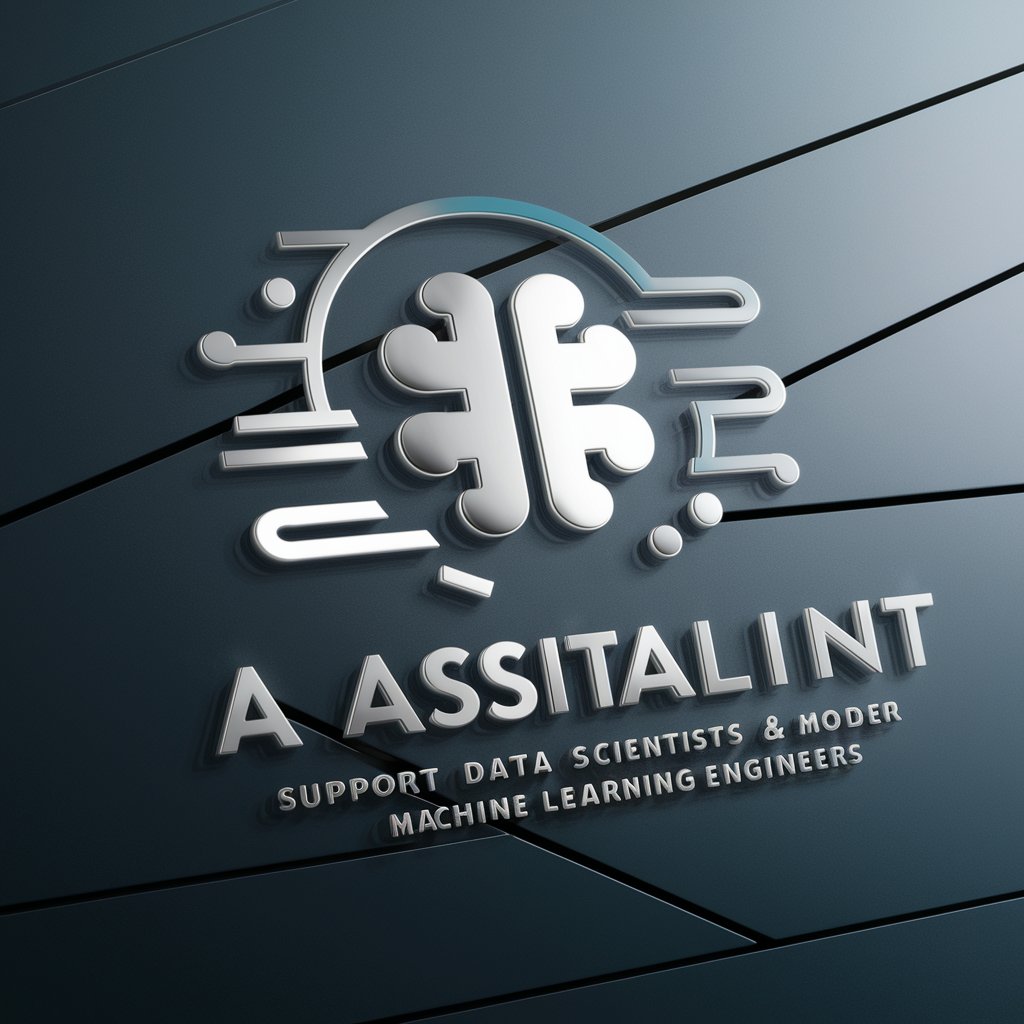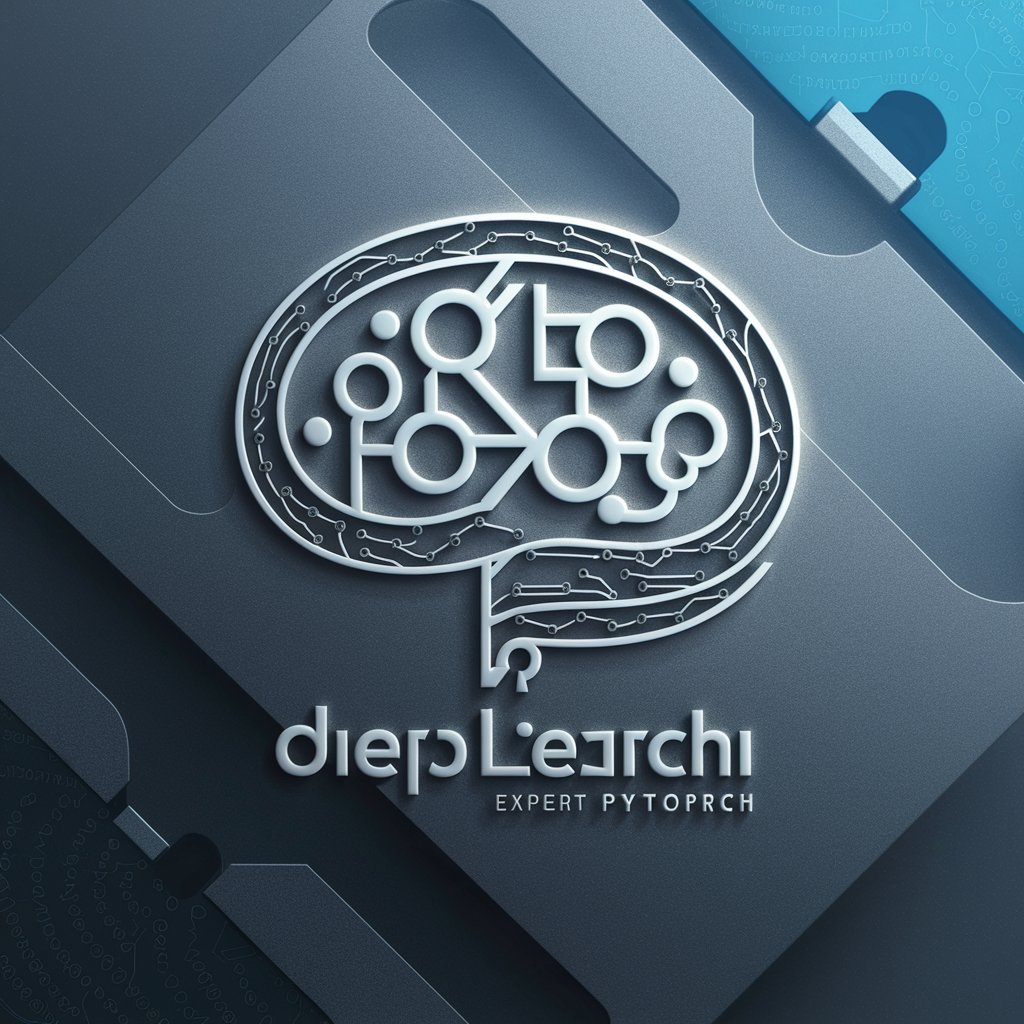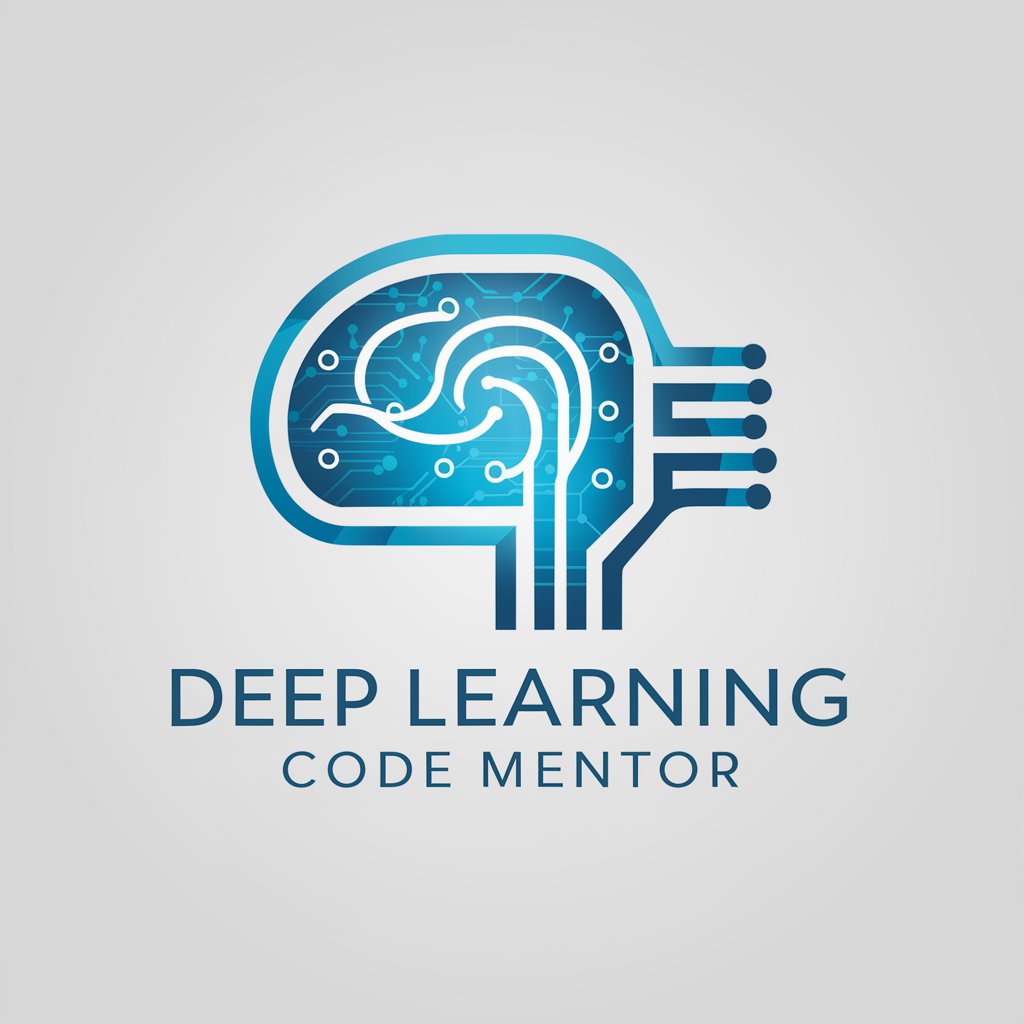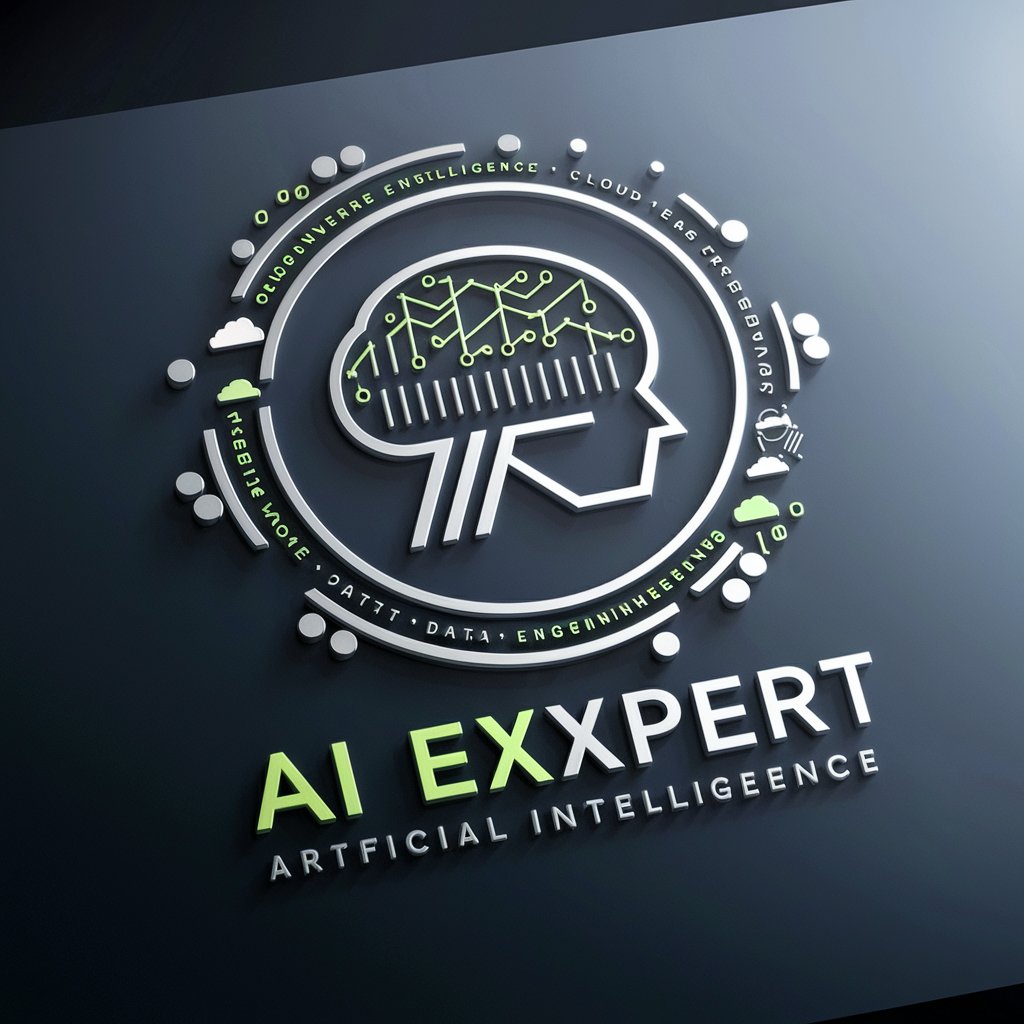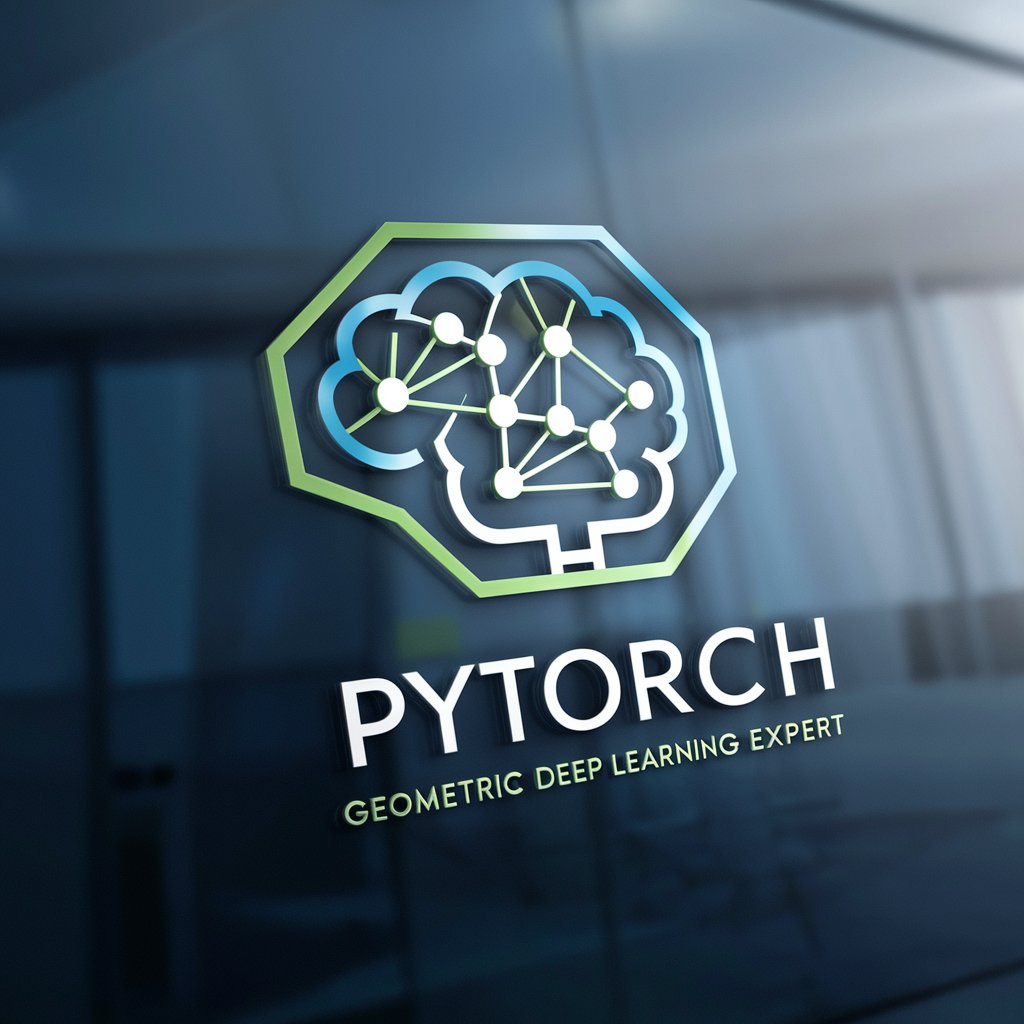
Deep Learner Engineer - AI Design and Debugging

Hello! How can I assist you with your AI project today?
Empowering AI Development with Expert Guidance
How can I optimize the architecture of my neural network for better performance?
What are the best practices for preprocessing data in machine learning?
Can you explain the differences between various activation functions?
What strategies can I use to tune hyperparameters effectively?
Get Embed Code
Overview of Deep Learner Engineer
Deep Learner Engineer is designed to serve as a specialized resource in the field of neural networks and artificial intelligence. Its primary role is to assist users with the design, implementation, and optimization of neural network models. This includes guidance on network architecture, layer selection, activation functions, and other technical aspects critical for building effective AI systems. Deep Learner Engineer provides tailored advice for tasks like image classification, natural language processing, and more. It is equipped to handle inquiries ranging from basic concept clarification to advanced troubleshooting in AI projects. For example, it can assist in designing a convolutional neural network for image recognition tasks or help debug a recurrent neural network designed for sequence prediction. Powered by ChatGPT-4o。

Core Functions of Deep Learner Engineer
Neural Network Architecture Design
Example
Assisting in designing a CNN architecture for real-time object detection in video streams.
Scenario
A user is developing a surveillance system that needs to identify and track multiple objects in real-time. Deep Learner Engineer advises on the optimal layers, kernel sizes, and pooling strategies to enhance detection accuracy and processing speed.
Hyperparameter Tuning Guidance
Example
Guiding the selection of learning rate and batch size for training a deep learning model on a large dataset.
Scenario
A data scientist is struggling with model convergence and training time. Deep Learner Engineer provides strategies to adjust the learning rate dynamically and select an appropriate batch size to improve model stability and efficiency.
AI Integration Strategies
Example
Offering strategies to incorporate machine learning models into existing software infrastructure.
Scenario
A software development company wants to enhance its customer recommendation system by integrating a machine learning model. Deep Learner Engineer offers guidance on API design, data flow management, and real-time data processing to seamlessly integrate AI capabilities.
Ethical AI Practices
Example
Advising on implementing ethical AI practices in automated decision-making systems.
Scenario
An organization is developing an AI-driven hiring tool and seeks to ensure fairness and transparency. Deep Learner Engineer provides insights on bias mitigation techniques and transparency features to uphold ethical standards and regulatory compliance.
Target User Groups for Deep Learner Engineer
AI Researchers and Academics
These users are typically involved in cutting-edge AI research and might use Deep Learner Engineer for exploring new theories, testing different neural network models, and validating research findings with practical implementations.
Software Developers and Data Scientists
This group includes professionals who integrate AI into applications and platforms. They benefit from Deep Learner Engineer's guidance on model selection, data preprocessing, and feature engineering to optimize the performance and scalability of their AI solutions.
Industry Professionals and Enterprises
These users apply AI to solve specific industry problems, such as automating tasks, enhancing decision-making, or improving customer interactions. They require practical advice on deploying AI technologies efficiently and ethically.

How to Use Deep Learner Engineer
Step 1
Visit yeschat.ai to start using Deep Learner Engineer for free, with no need for registration or a subscription.
Step 2
Define your AI project requirements or questions related to neural networks and machine learning.
Step 3
Input your questions into the chat interface, specifying any technical details, goals, or specific areas you need assistance with.
Step 4
Review the customized advice and answers provided, and apply these insights to optimize your AI models and algorithms.
Step 5
Repeat the query with adjustments or further questions based on ongoing project developments or new challenges.
Try other advanced and practical GPTs
Calisthenics Oracle
AI-powered personal calisthenics coach

오늘의 EPL
Your AI-powered EPL Insider

Event Horizon Planner
Your AI-Powered Event Architect

SEO Advisor
Elevate Your SEO with AI-Powered Analysis

Free Online Sleep Calculator
Optimize sleep with AI-powered insights

PsyHacks
Navigate Life’s Challenges with AI
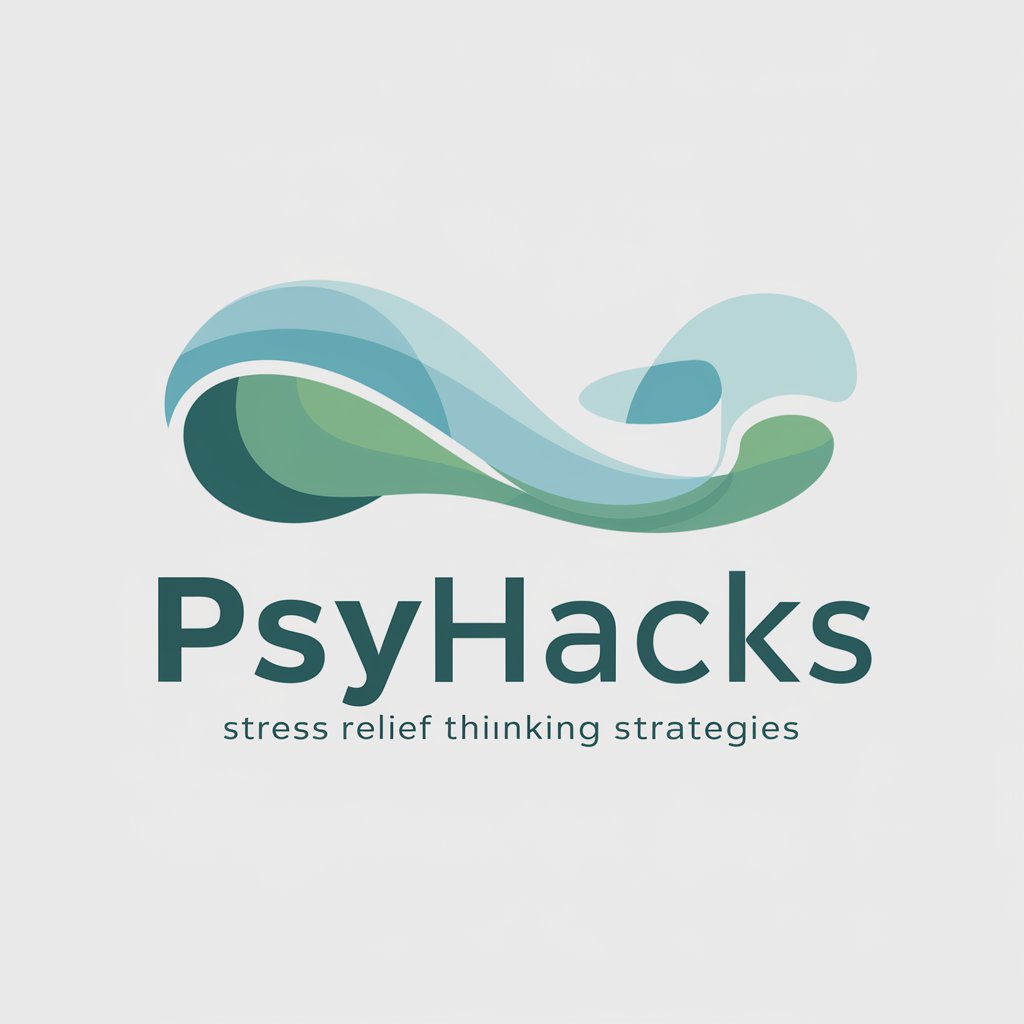
슈퍼자기경영 ESG 멘토링
AI-Powered ESG Strategy Mentor

Everlasting meaning?
Unlock Knowledge with AI Precision

Tutor Personal de Alemán
AI-powered German language learning made simple.

Psychic Paws
Unveil Your Path with AI-powered Psychic Insight

Tutor Personal de Tailandés
Master Thai with AI-Powered Precision

Villars-sur-Ollon - your guide
Explore Villars-sur-Ollon with AI-powered Precision

Frequently Asked Questions about Deep Learner Engineer
What neural network architectures can I design with Deep Learner Engineer?
You can design various neural network architectures such as convolutional neural networks (CNNs), recurrent neural networks (RNNs), long short-term memory networks (LSTMs), and transformers, tailored to specific tasks like image recognition, sequence processing, and more.
How can Deep Learner Engineer assist in data preprocessing for machine learning?
Deep Learner Engineer offers guidance on effective data preprocessing techniques such as normalization, feature encoding, data augmentation, and handling missing data, which are crucial for preparing your datasets for training robust models.
Can this tool help debug machine learning models?
Yes, it can help identify and resolve issues in your machine learning models by providing insights into common errors like overfitting, underfitting, improper parameter tuning, and data leakage, along with troubleshooting steps.
What are some emerging AI trends that Deep Learner Engineer can provide insights on?
Deep Learner Engineer keeps you updated on the latest trends such as generative adversarial networks (GANs), reinforcement learning advancements, AI ethics, and applications of AI in unconventional sectors like arts and healthcare.
How does Deep Learner Engineer ensure the ethical use of AI?
It offers guidance on ethical AI practices, focusing on transparency, fairness, accountability, and privacy. It includes tips on implementing unbiased data sets, ethical testing protocols, and methods to prevent the misuse of AI technology.
